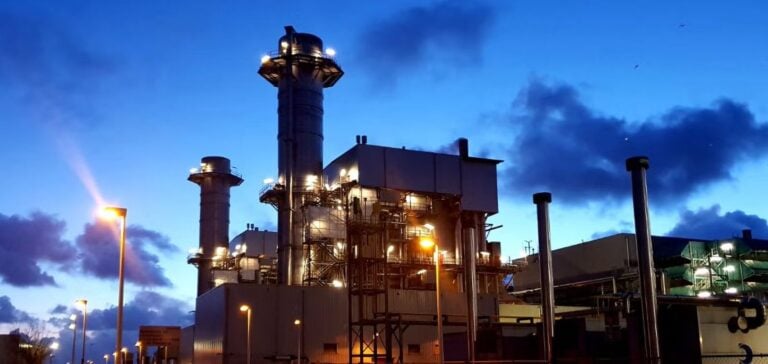NEM Energy, a Netherlands-based company specializing in energy equipment, has been selected to supply critical components for the construction of a new combined-cycle power plant in Saudi Arabia. This project includes the installation of two heat recovery steam generators (HRSGs) and exhaust gas bypass systems designed to improve energy performance and maximize electricity production efficiency.
An ambitious project for Saudi Arabia
This power plant, with a capacity of 1.3 gigawatts (GW), aims to meet the growing demand for electricity while optimizing the use of fossil fuels. It is scheduled to be operational by the end of 2028, marking a significant step in modernizing Saudi Arabia’s electricity grid.
The project is led by Saudi Electricity Company (SEC), a major player in the country’s energy supply. This initiative is part of Saudi Arabia’s strategic efforts to develop a sustainable and reliable energy infrastructure.
Technology and international collaboration
The equipment supplied by NEM Energy is designed to capture residual heat from turbine exhaust gases, enabling highly efficient steam production. This approach strengthens the sustainability of the energy process by reducing thermal losses.
NEM Energy has signed an agreement with Tecnicas Reunidas, a Spanish engineering and construction company, which will play a key role in executing this complex project. This partnership highlights the international expertise mobilized to address the kingdom’s energy challenges.
A strategic lever for Vision 2030
This project aligns with the energy and economic ambitions outlined in Vision 2030, Saudi Arabia’s program for economic diversification. By investing in state-of-the-art infrastructure and collaborating with international partners, the country aims to reinforce its position as an energy leader while reducing its carbon footprint.
The 1.3 GW power plant is a concrete example of initiatives designed to enhance energy efficiency and ensure a stable supply for residential and industrial sectors.






















